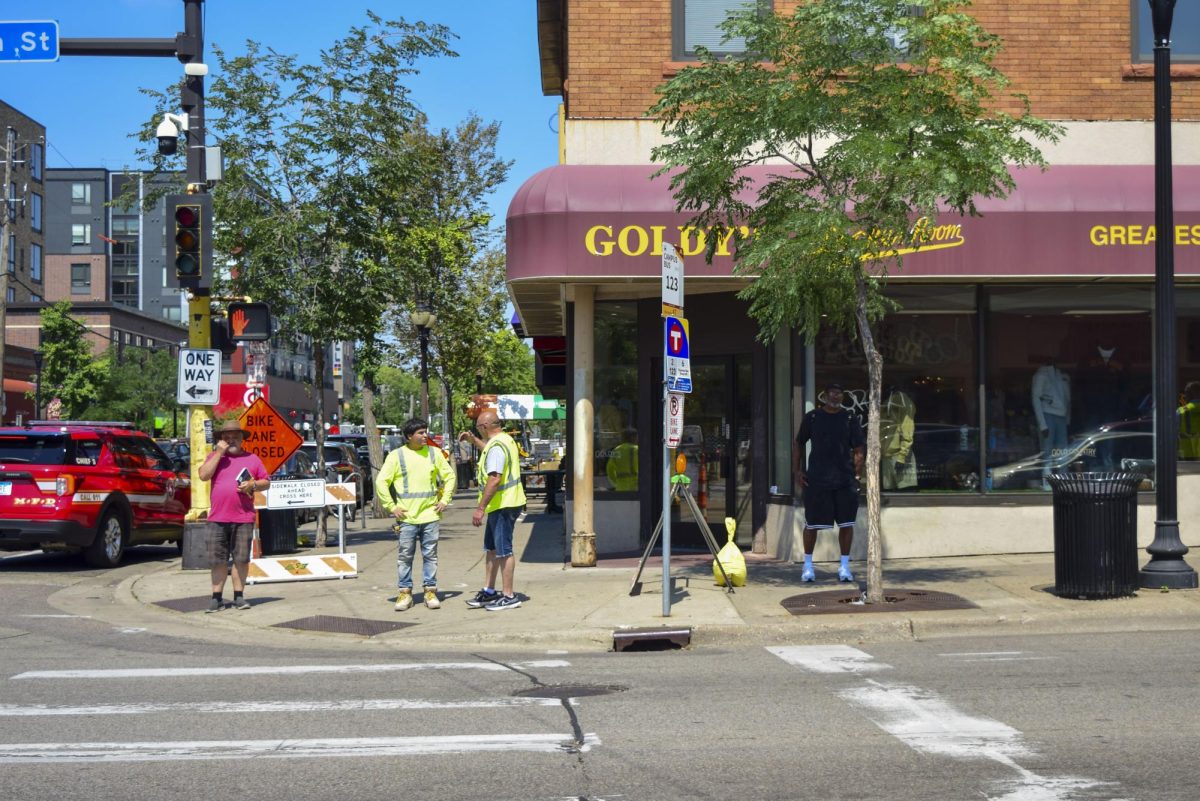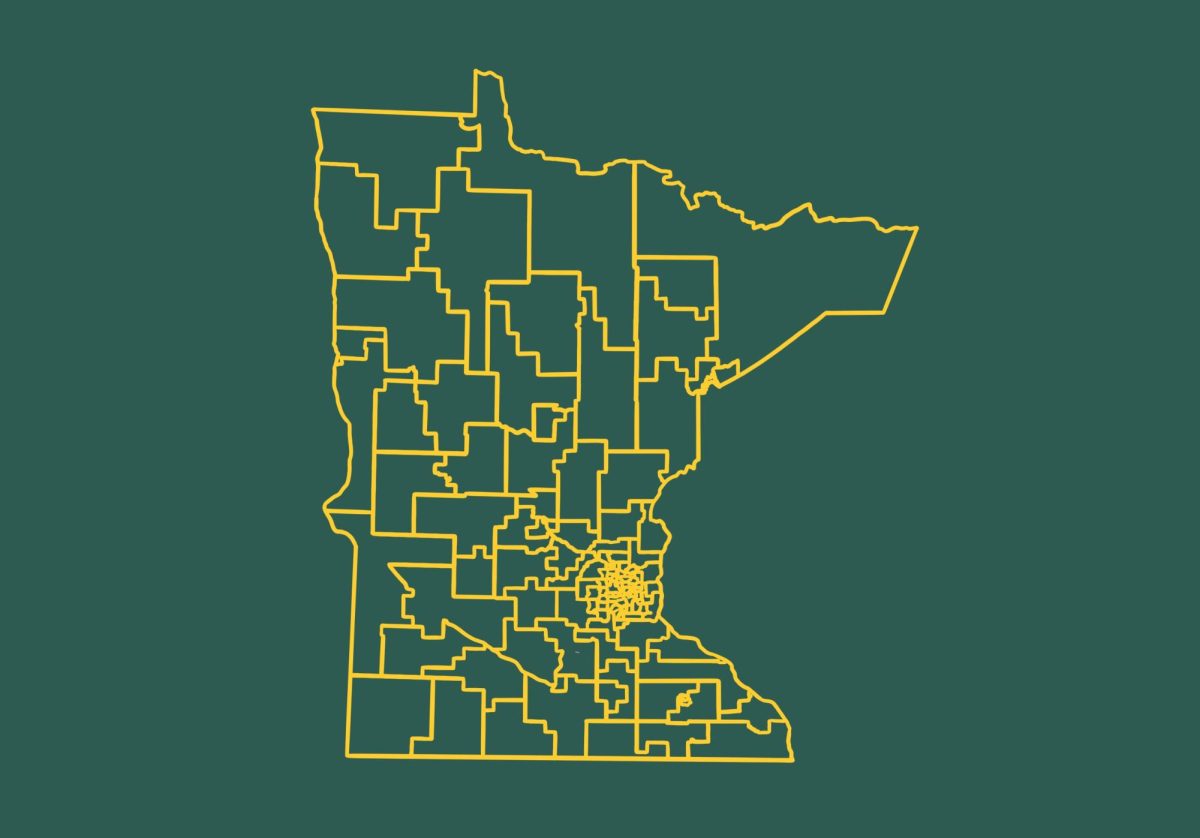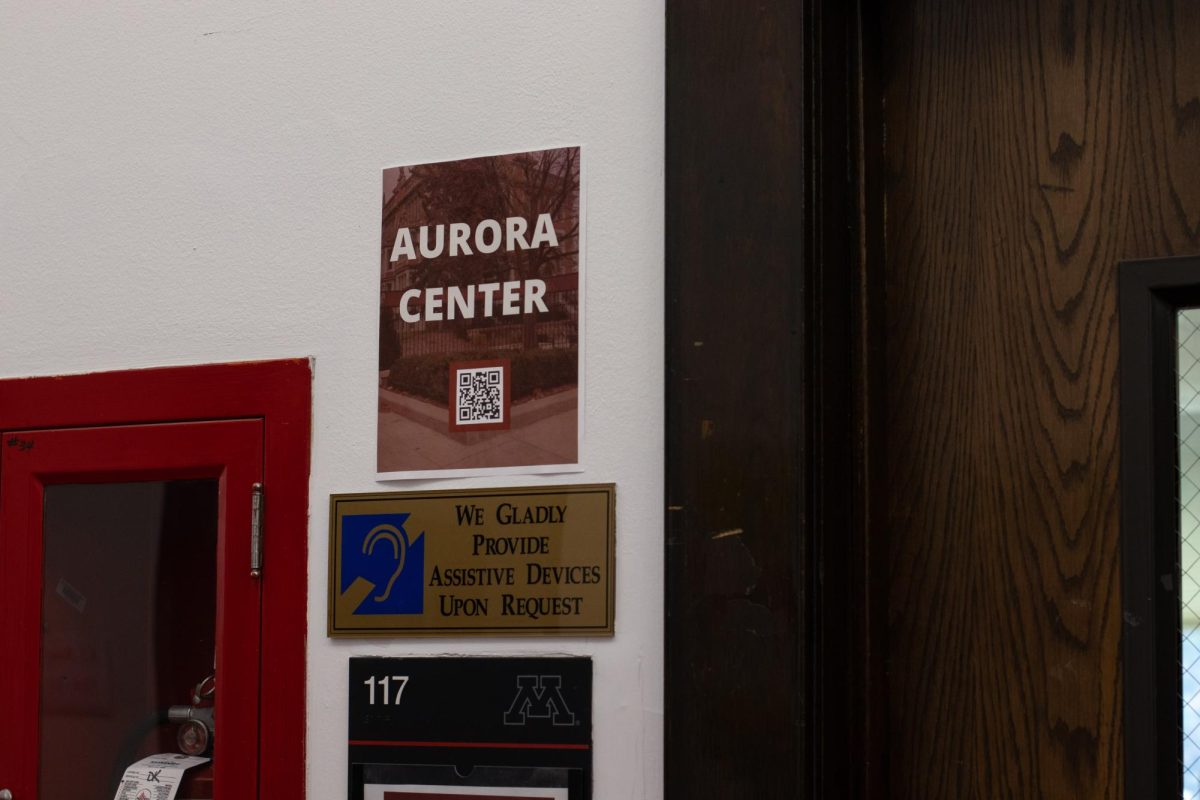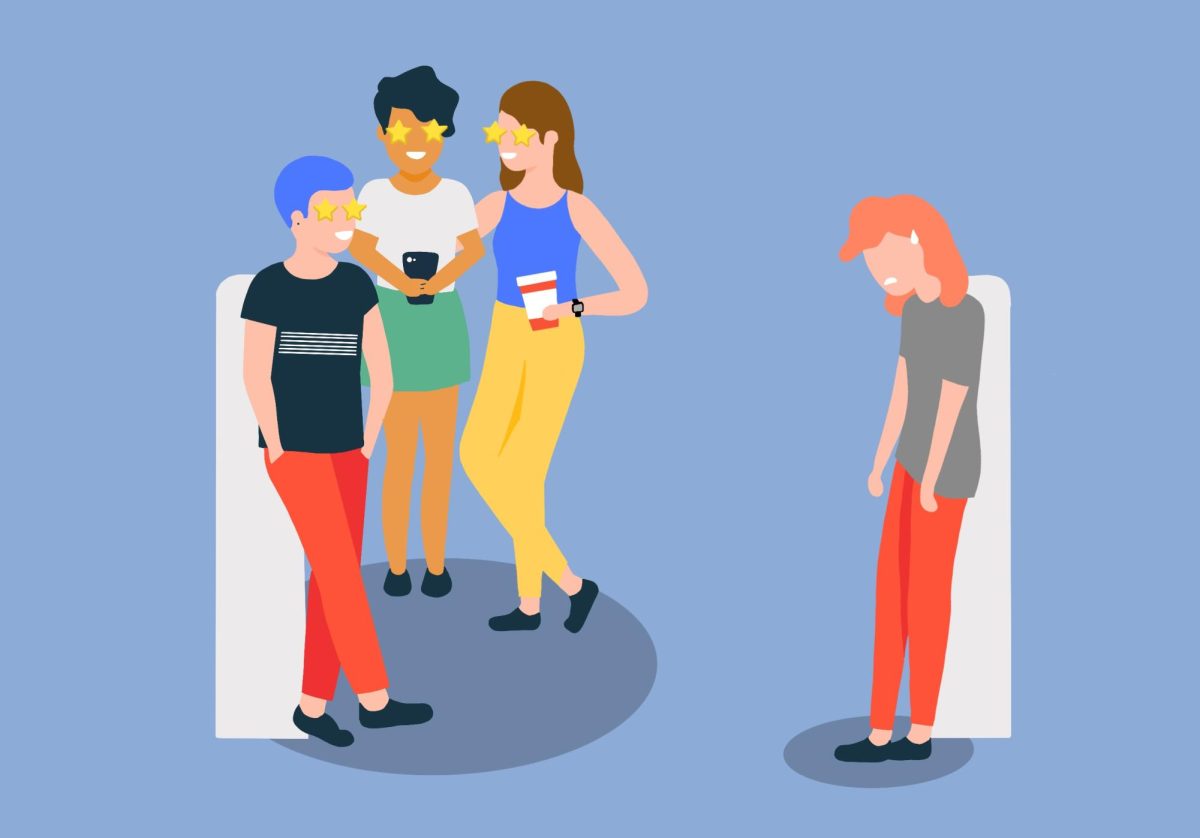My father lived in Dinkytown during the years he attended the University of Minnesota in a situation similar to mine: an old and stuffy sub-basement apartment, no car, no money and no idea what to do after he left.
He described Dinkytown as the place to be. It had all the bars, parties and long-gone third places as far as the streets could stretch. Students spent their days exploring it. Though unglamorous, as the name so lovingly suggests, it was the perfect playground for people coming into themselves, a slice of the city just for us.
In some subtle ways, Dinkytown has not changed. It remains, more or less, dinky. However, even in the last few years, the landscape of the University’s closest neighborhood has shifted, and it looks, feels and smells like a totally different place.
The pandemic was a crushing blow to many of Dinkytown’s most recognizable spots. Annie’s Restaurant and the Kitty Kat Club, venues where both my parents whiled away their college days, were shuttered before I arrived here. The once-lively Gray’s is a vacant ghost of its former self. Blocks of its characteristic clapboard houses have been mowed over by greedy developers eager to scam unwitting undergrads out of their hard-earned cash for apartments with walls thinner than paper.
When I must walk the streets of Dinkytown, my pace quickens to its briskest. It has always been a chore to me, a liminal space I must bravely traverse to get to where I actually want to go. What is there to do now besides swerve through glacial crowds and buy boba? Of course, the neighborhood has more than nothing to offer. Vague, drunken memories of Frank and Andrea’s filter through my mind, and steadfast Al’s Breakfast is still standing.
Speaking of food offerings, Dinkytown’s restaurant scene is bleaker than ever. What was once a smorgasbord of distinct family-owned and small businesses has devolved into a concourse of gimmicky stunt-food chains. The streets, lined with unusual, expensive establishments, have come to resemble the state fair. While I love boba, I do not believe we need it on every block.
The changes to the area’s businesses speak to a larger corporate consolidation of Dinkytown. Small businesses, even ones with long histories serving the community, cannot thrive. Blocks of houses get lasered off the face of the earth in favor of colossal apartment complexes. This is all well and good to attract that lucrative college-student demographic, but it has sucked the spirit out of the neighborhood.
Who is to blame for this perversion of our beloved Dinkytown?
Taking a nuanced approach is important when criticizing neighborhood changes. Change can definitely be unwelcome and uncomfortable to a lot of people. I am certainly not happy with how Dinkytown looks now, but it can bring many benefits.
It’s unquestionably good that Dinky is denser. Though the housing might not be top-notch, it is easier to find. During a housing crisis, anything that makes getting it less difficult is valuable.
That is about the only good thing that has come from this. Yes, more housing is good, but let’s state the obvious: the housing is ugly and boring. Big boxy buildings made of toothpicks and papier-mâché, flimsy corrugated facades reminiscent of garbage sheds — is this really the best that these overblown developers have to offer?
Let’s face it: Dinkytown is dead. The culture has been killed. Nothing is left but a dinky desiccated corpse. In tragedy’s wake, an unlikely successor arises: Como.
“Most people in Como come because you’re going to your house,” said DeWayne Townsend, president of the Southeast Como Improvement Association. “It’s not really a destination.”
Como is not the most bustling neighborhood in the cities. However, I have lived here for a year and, over time, I have spied an emerging cultural identity unlike anything else around the University.
Como has a diverse population, consisting of homeowners, renters and transient residents from all walks of life. The uptick in undergrads is a rather recent development.
“It’s often been student housing, but it’s often been the older, maybe even graduate students who are not really interested in the rowdy party culture that sometimes happens in neighborhoods around the University,” Townsend said.
Como has developed, too. Many older houses have been converted into rental properties with more bedrooms to attract students, Townsend said. However, party culture has somewhat proliferated.
Parties and house shows abound in Como. The number of do-it-yourself venues in Como has exploded since the pandemic as students have realized the possibilities a big, empty basement can present. However, residents understand that noise should be kept at a reasonable level, which might be why many house shows end at around 10 p.m.
“People still call the police after 10 o’clock or will come knock on the door to say, ‘You know what, it’s after 10, you need to turn this music down,’” Townsend said.
For the most part, Como is pretty quiet. I like to think the students here are respectful of the families in the area. There’s a sense of community present here, something I believe overrides the zealous college-student spirit — living in Como, you can feel your neighbors care about keeping it a nice place to live, even if they’re only passing through.
With Dinkytown in the throes of an Identity crisis, Como has become the eminent cultural domain of the University. When you are finding yourself, taking that journey through a place with some character of its own can help; it can imbue you with some of itself. Sadly, Dinky can no longer do that. Perhaps Como can.













